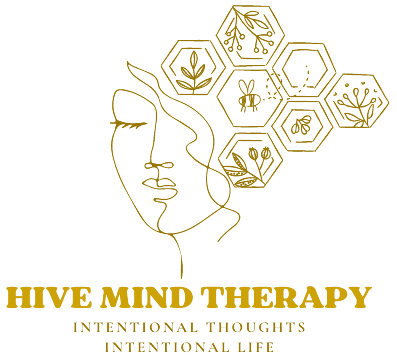Mental health is a crucial aspect of overall well-being, yet in the Black community, social stigma and cultural implications often act as barriers to seeking help. In this blog post, we’ll explore the challenges faced by individuals in the Black community, discuss ways to overcome the perpetual cycle of stigma, and provide insights on building boundaries with those who may not support your journey towards therapy.
Understanding the Stigma:
In the Black community, mental health has historically been surrounded by silence and stigma. The fear of being labeled as weak or “crazy” has led many to endure their struggles silently, perpetuating a cycle of untreated mental health issues. Cultural norms, religious beliefs, and a lack of representation in mental health discussions further contribute to the stigma.
Overcoming the Stigma:
- Education and Awareness: Promoting mental health education and awareness within the community is essential. By fostering open conversations and providing accurate information about mental health, individuals can better understand the importance of seeking help without shame.
- Destigmatizing Language: The language used to discuss mental health matters. By avoiding derogatory terms and using more neutral and empowering language, we can contribute to breaking down the negative stereotypes surrounding mental health in the Black community.
- Cultural Sensitivity in Therapy: Encouraging and seeking out mental health professionals who are culturally competent can enhance the therapeutic experience. A therapist who understands the unique cultural nuances can provide more effective support and diminish the fear of being misunderstood.
Seeking Help Despite the Perpetual Cycle:
- Normalize Therapy: Actively working towards normalizing therapy within your social circles can create an environment where seeking help is seen as a strength rather than a weakness. Share your positive experiences with therapy and highlight the benefits.
- Community Support: Building a support network within the community is crucial. Surrounding yourself with individuals who understand the importance of mental health can provide the encouragement needed to break the perpetual cycle of stigma.
Building Boundaries:
- Communication: Communicate openly and honestly with those in your life about your decision to seek therapy. Help them understand that mental health is as vital as physical health, and seeking therapy is a proactive step towards overall well-being.
- Establishing Personal Boundaries: Identify and set clear boundaries with individuals who may not agree with your decision to seek therapy. Politely but firmly express your need for support and understanding, making it clear that your mental health journey is non-negotiable.
- Seeking Allies: Identify friends or family members who are supportive and willing to be allies in your mental health journey. Having allies who understand and respect your decision can provide a sense of security and validation.
Conclusion:
Breaking the stigma around mental health in the Black community requires a collective effort. By actively participating in open conversations, seeking culturally sensitive therapy, and building boundaries with those who do not support your mental health journey, you can contribute to a more compassionate and understanding community. Remember, seeking help is a courageous step towards healing and self-discovery.

